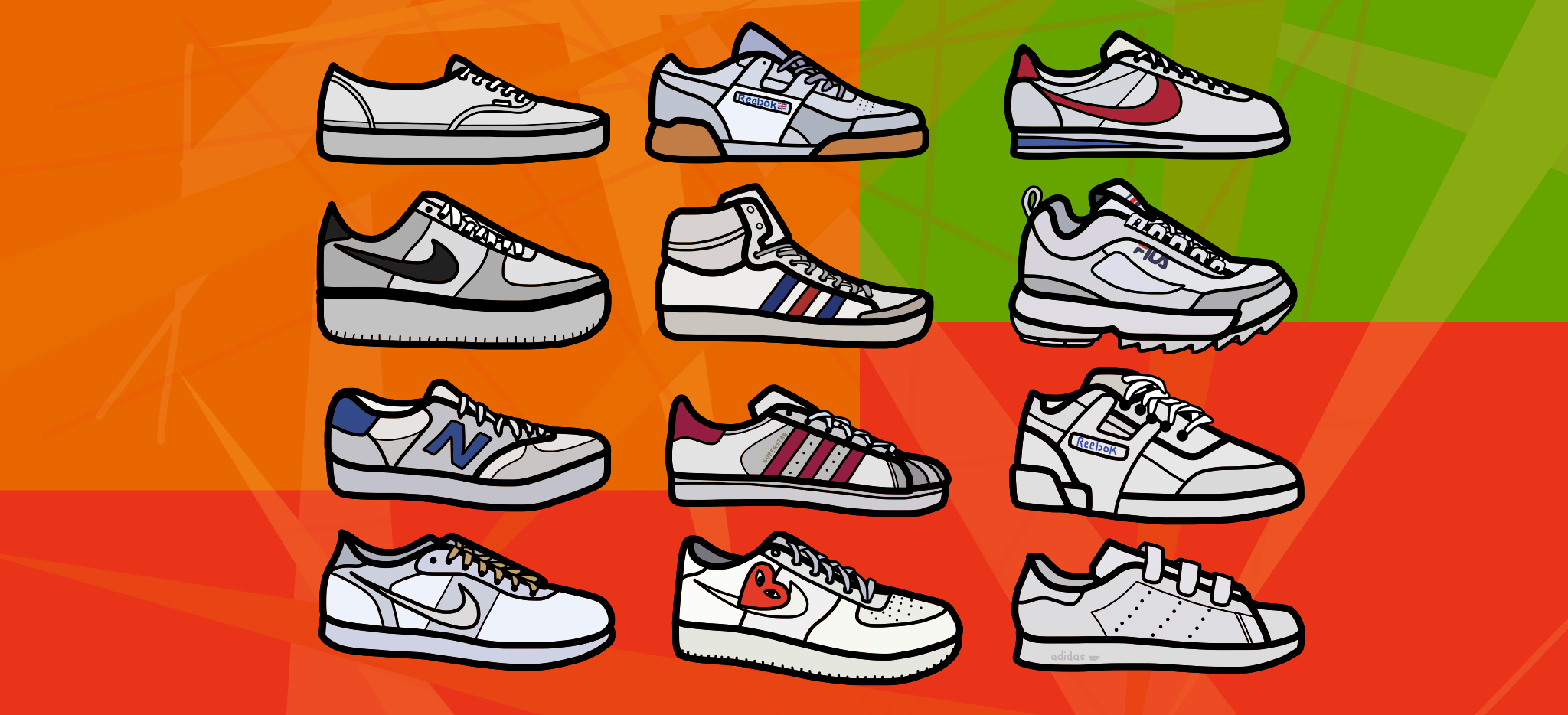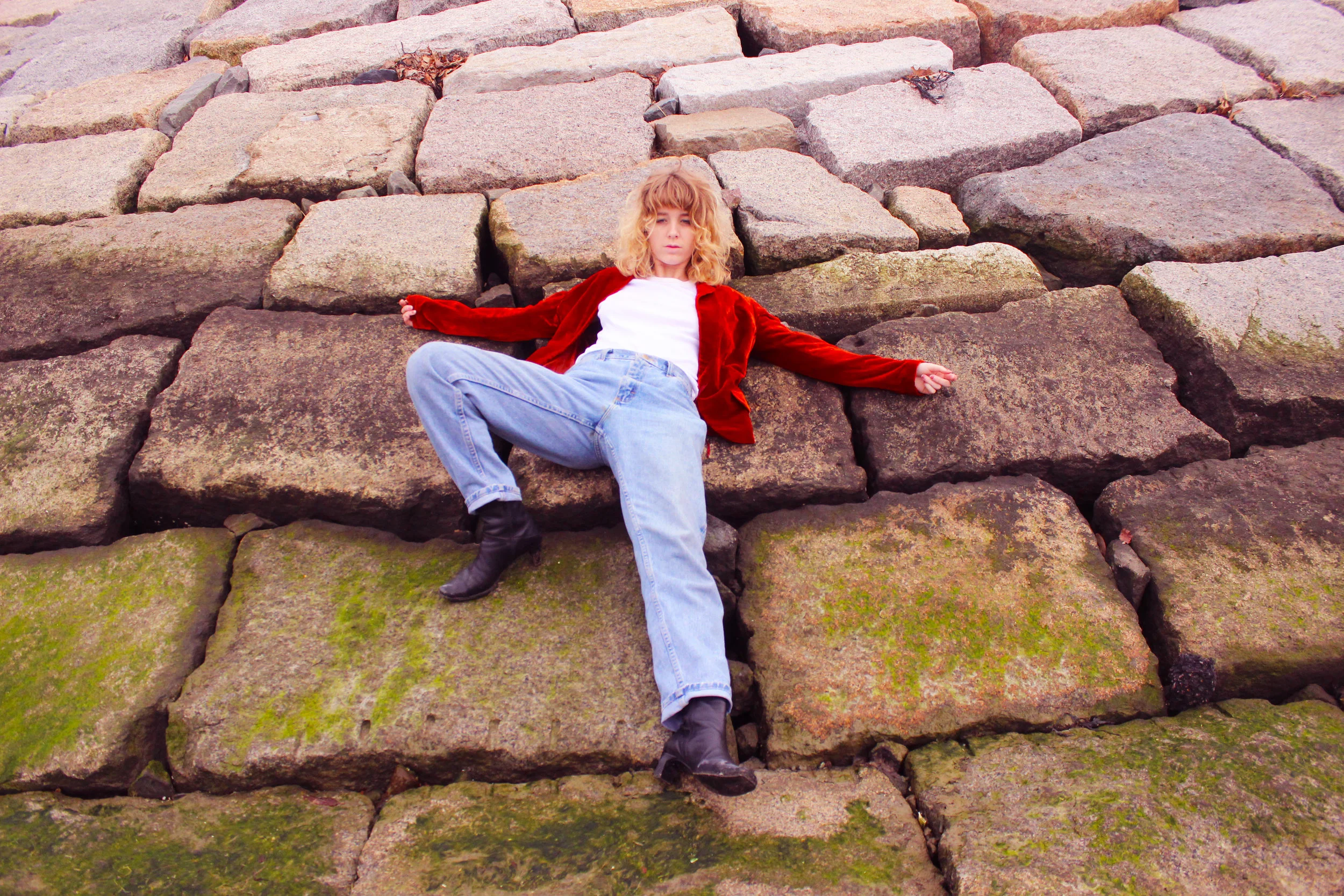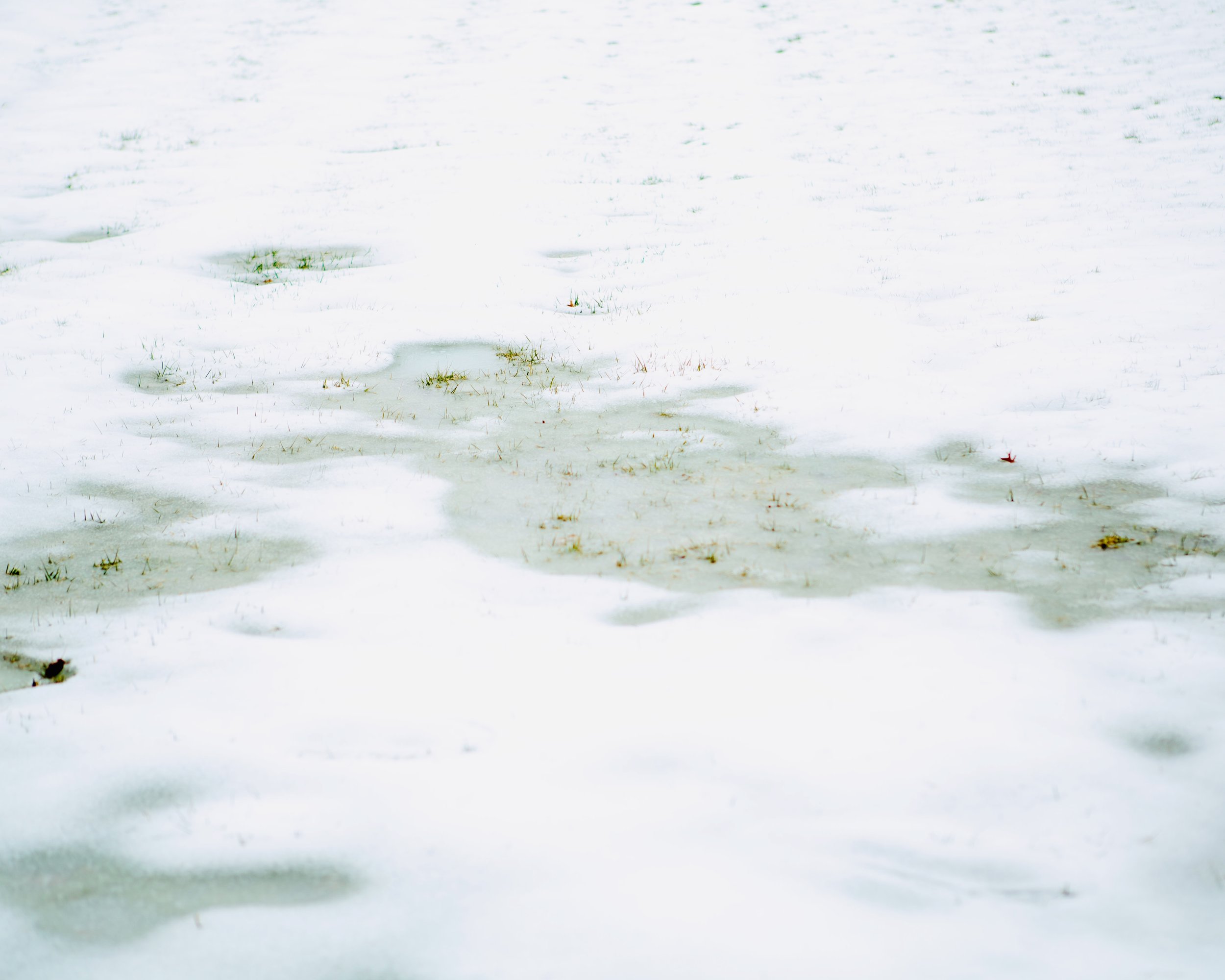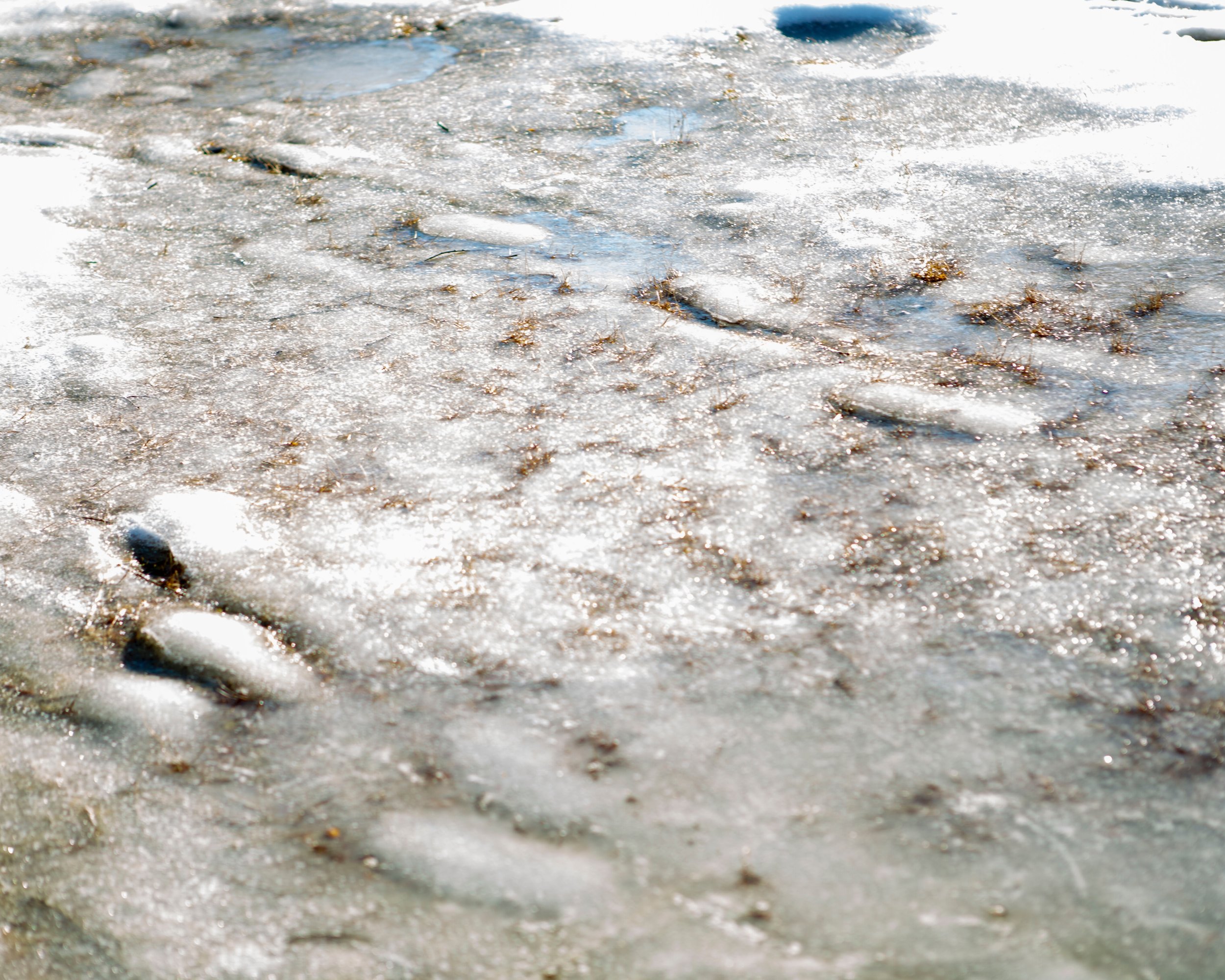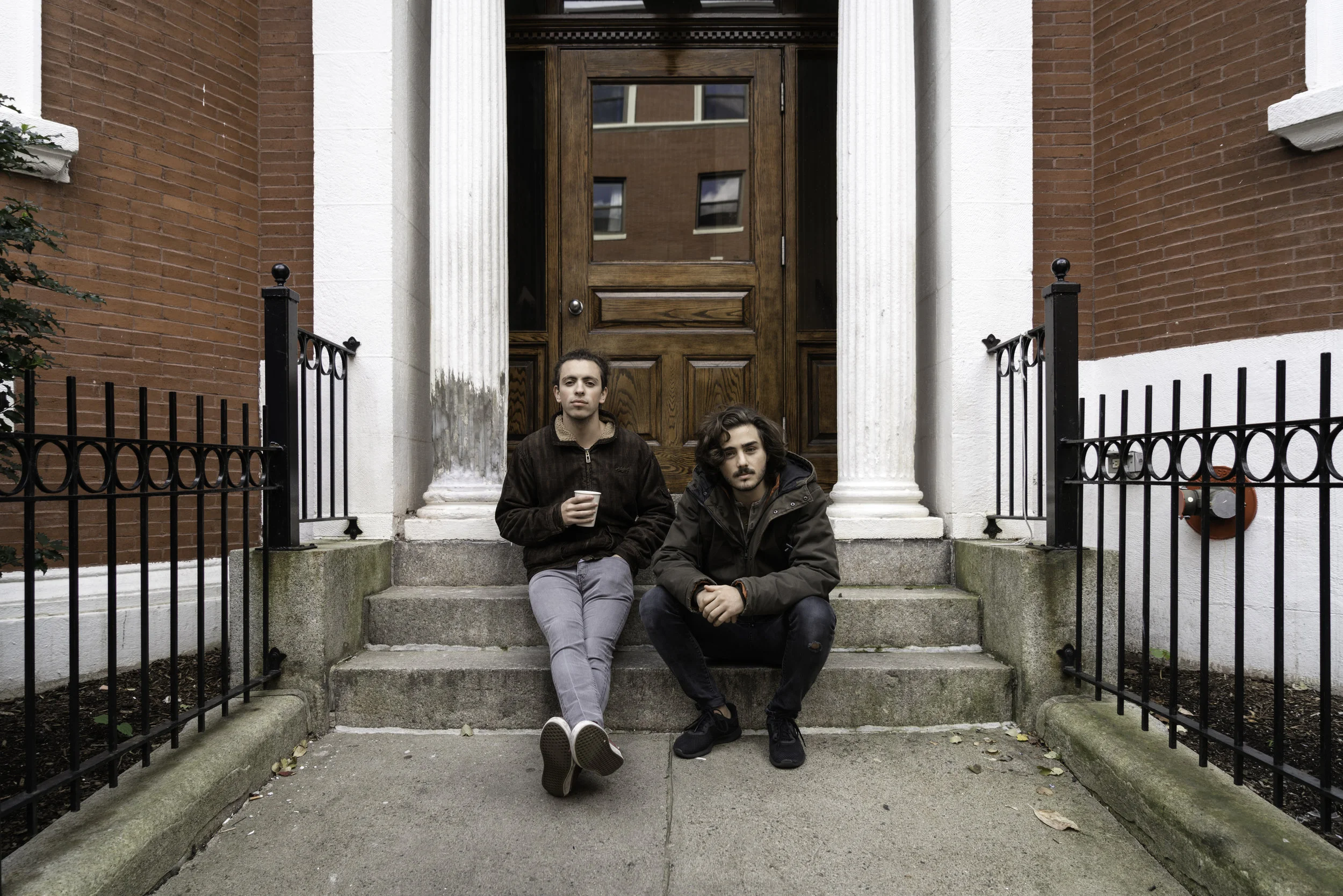by Jess Ferguson
Over the past several weeks, many of us have likely sought comfort in something — whether it’s reading, watching New Girl for the tenth time (no judgment), or taking time to learn a new hobby. But for some, art can be one of the greatest sources of comfort.
The Institute of Contemporary Art’s latest exhibition, Ragnar Kjartansson’s “The Visitors,” explores the idea of being alone together in a way that isn’t sad, but rather, poetic and comforting. The piece combines audio and visual elements and features musicians performing in different areas of the same 43-room New York estate that ICA visitor assistant Kelly Chen said is “decaying in the most beautiful way.” While it was recorded in 2012, the piece’s themes are arguably more topical now than ever.
“I definitely got that feeling of the loneliness during the pandemic,” sophomore Business of Creative Enterprises major Gabby D’Ostilio said. “It kind of took me back to what it felt like to be alone in my house for months. I got a melancholy feeling, but I also thought it was so beautiful — it even made me feel happy. It was a range of different emotions rather than just one interpretation.”
D’Ostilio is not alone in this feeling. “It’s definitely presented in a very different context right now because we’ve all been stuck in our rooms for months,” Chen said. “We’re supposed to be viewing it as sort of a comforting or healing piece, and it definitely is.”
The “Visitors” exhibition lasts 64 minutes and takes guests on a complete journey, from before the musicians start performing in their individual spaces, to an ending walking through the fields of upstate New York. Throughout the piece, musicians move into rooms with others, stop playing, and switch instruments.
“Knowing that something’s going to be an hour long in a museum is kind of daunting, but I was so entranced, and it didn’t even feel like I was watching for an hour,” D’Ostilio said. “When you’re just looking at a regular painting, you interpret it however you want to, and then there’s not much else to do. With ‘The Visitors,’ it was more like you were watching a movie — I had different reactions at different times.”
Unlike more sedentary pieces typical of a museum, the exhibition is both dynamic and accessible to a wide audience. Its popularity is reflected in the ICA’s number of guests since “The Visitors”’ September 30 opening.
“It was super duper quiet here when this wasn’t open,” Chen said. “It’s like a crowd favorite, so we’ve gotten rushes of people coming in for this sort of piece. It’s very entry-level, and very physically immersive.”
Even the sound, which seems to envelop you as you stand in the dimly-lit room, feels like a metaphoric hug. At one point about halfway through, the performers collectively reach a climax in the piece that feels like an ascension into heaven. Afterwards, they pause for a moment, allowing both the musicians and the audience to simultaneously process everything before continuing. Because of these breaks — some longer than others — the audience never feels overwhelmed, which can be difficult to accomplish in a longer-form piece.
One of the more poignant aspects of the exhibition is the vulnerability of the musicians. Nothing feels scripted or contrived, even though the music itself is arranged and practiced. Furthermore, the music isn’t even the main attraction, as the same couple of lines are repeated for the majority of the exhibition. Instead, the subjects are the focus.
By the end, guests feel connected to the musicians and almost have a greater sense of who they are, despite barely hearing these artists converse. Between full-frontal nudes, explosions, mental distress, drinking, and smoking, there is a sense of raw authenticity the audience may find themselves relating to in unexpected ways. A traditional portrait can only go so far to capture the essence of a person; “The Visitors” wholly encapsulates lived experiences and our shared humanity.
Because different musicians are presented on different screens, it’s impossible for viewers to take everything in at once — which could be for the best. Consequently, viewers like D’Ostilio may decide to come back for a new perspective. “I might go see it again because I liked it so much,” she said. Entering the experience with fresh eyes and seeing it just once may result in an entirely different viewing experience, compared to watching it in full multiple times. Each repeated viewing allows the audience to pick up on more nuances.
“The Visitors” may also connect with Emerson students, particularly those in the Visual and Media Arts department. Art, especially in a museum setting, does not have to be limited to paintings and sculptures. In fact, we may continue to see longer-form video installations gain traction in fine arts settings going forward.
“A lot of Emerson students in particular could appreciate it,” D’Ostilio said. “There’s various aspects of the exhibition that Emerson students across all departments would like — there’s the music, the visual aspect, the message.”
It looks like “The Visitors” can — and should be — visited by everyone before next August.


